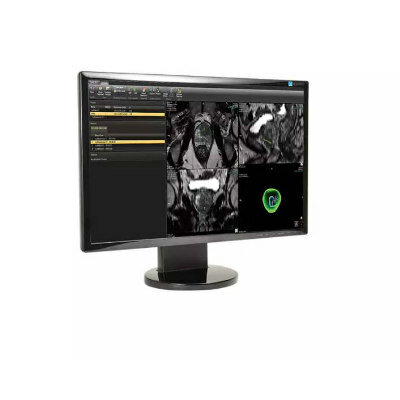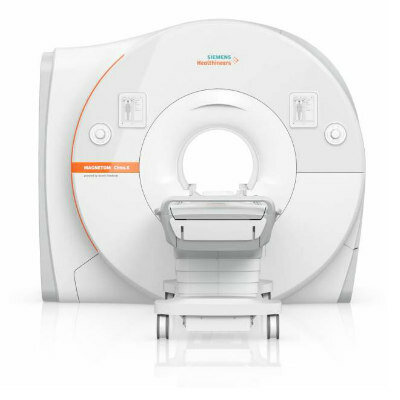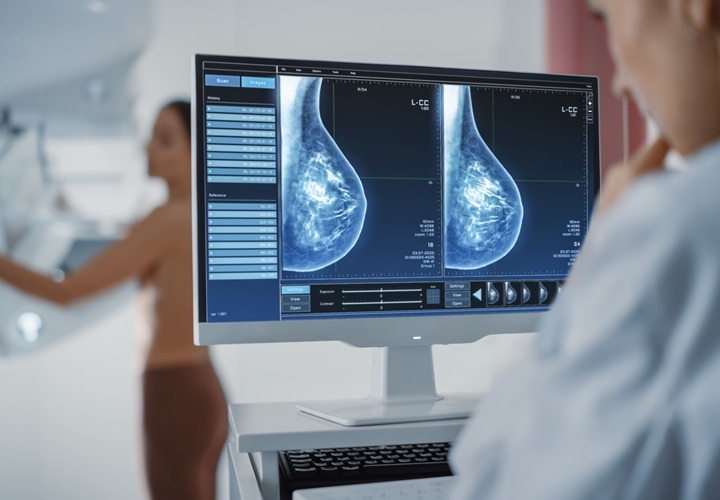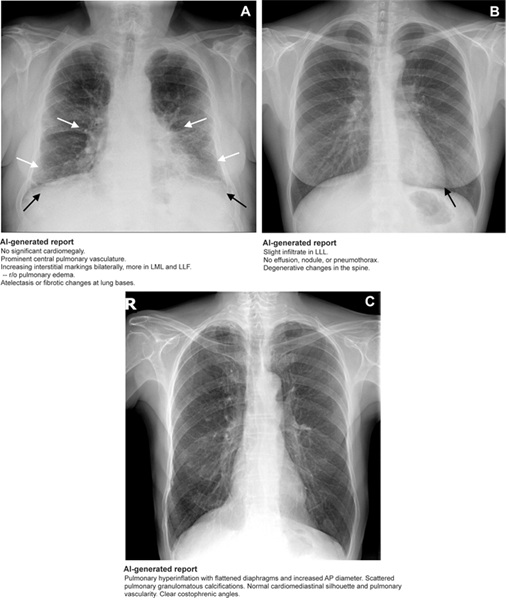Ultrasound Acoustic Diffusion Detects Bone Density
|
By MedImaging International staff writers Posted on 03 Oct 2019 |
A novel ultrasound technique can provide a non-invasive way of evaluating osteoporosis risk by assessing microscale bone structure.
Researchers at North Carolina State University (NC State; Raleigh, USA) and Charité University Medicine (Charité; Berlin, Germany) conducted a numerical computational study to investigate the effect of cortical bone pore size and density on the acoustic diffusion constant of ultrasound multiple scattering. To do so, finite-difference time-domain simulations were conducted in cortical microstructures derived human proximal femur cross-sections, and modified by controlling the density and size of the pores. To do so, Gaussian pulses were transmitted, and the signals were recorded to obtain the backscattered intensity.
The incoherent contribution of the backscattered intensity was then extracted to give access to the diffusion constant. The researchers found that at 8 MHz, significant differences were observed in media with different porous micro-architectures, with the diffusion constant monotonously influenced by either pore diameter or pore density. An increase in pore size and pore density resulted in a decrease in the diffusion constant, suggesting the potential of the proposed technique for the characterization of cortical microarchitecture. The study was published on August 8, 2019, in The Journal of the Acoustical Society of America.
“We are at least years from clinical applications, but if the results hold up, we may have a way to monitor patients on a regular basis to determine the health of the bone,” said corresponding author Marie Muller, PhD, of the department of mechanical and aerospace engineering at NC State. “That means people can track their potential risk for osteoporosis without having to worry about the radiation exposure associated with X-rays. In addition, the technique could help researchers and health care providers determine the effect of osteoporosis treatment efforts.”
“One thing that's exciting about these techniques is that we've taken one of ultrasound's shortcomings and turned it to our advantage,” concluded Dr. Muller. “The shortcoming is the fact that ultrasound cannot give us clear images when used in complex media, such as bone. That's because the ultrasound waves bounce all over the place in these complex environments, making it impossible to calculate how far they've traveled.”
Long bones consist of a trabecular core and an outer compact cortical bone shell. The latter is highly dense, but is pervaded by elongated pores, which results in a porosity ranging between 3% and 28%. It has been previously shown that bone elastic modulus, toughness, and impact energy absorption capacity decrease as cortical porosity increases.
Related Links:
North Carolina State University
Charité University Medicine
Researchers at North Carolina State University (NC State; Raleigh, USA) and Charité University Medicine (Charité; Berlin, Germany) conducted a numerical computational study to investigate the effect of cortical bone pore size and density on the acoustic diffusion constant of ultrasound multiple scattering. To do so, finite-difference time-domain simulations were conducted in cortical microstructures derived human proximal femur cross-sections, and modified by controlling the density and size of the pores. To do so, Gaussian pulses were transmitted, and the signals were recorded to obtain the backscattered intensity.
The incoherent contribution of the backscattered intensity was then extracted to give access to the diffusion constant. The researchers found that at 8 MHz, significant differences were observed in media with different porous micro-architectures, with the diffusion constant monotonously influenced by either pore diameter or pore density. An increase in pore size and pore density resulted in a decrease in the diffusion constant, suggesting the potential of the proposed technique for the characterization of cortical microarchitecture. The study was published on August 8, 2019, in The Journal of the Acoustical Society of America.
“We are at least years from clinical applications, but if the results hold up, we may have a way to monitor patients on a regular basis to determine the health of the bone,” said corresponding author Marie Muller, PhD, of the department of mechanical and aerospace engineering at NC State. “That means people can track their potential risk for osteoporosis without having to worry about the radiation exposure associated with X-rays. In addition, the technique could help researchers and health care providers determine the effect of osteoporosis treatment efforts.”
“One thing that's exciting about these techniques is that we've taken one of ultrasound's shortcomings and turned it to our advantage,” concluded Dr. Muller. “The shortcoming is the fact that ultrasound cannot give us clear images when used in complex media, such as bone. That's because the ultrasound waves bounce all over the place in these complex environments, making it impossible to calculate how far they've traveled.”
Long bones consist of a trabecular core and an outer compact cortical bone shell. The latter is highly dense, but is pervaded by elongated pores, which results in a porosity ranging between 3% and 28%. It has been previously shown that bone elastic modulus, toughness, and impact energy absorption capacity decrease as cortical porosity increases.
Related Links:
North Carolina State University
Charité University Medicine
Latest Ultrasound News
- Tiny Magnetic Robot Takes 3D Scans from Deep Within Body
- High Resolution Ultrasound Speeds Up Prostate Cancer Diagnosis
- World's First Wireless, Handheld, Whole-Body Ultrasound with Single PZT Transducer Makes Imaging More Accessible
- Artificial Intelligence Detects Undiagnosed Liver Disease from Echocardiograms
- Ultrasound Imaging Non-Invasively Tracks Tumor Response to Radiation and Immunotherapy
- AI Improves Detection of Congenital Heart Defects on Routine Prenatal Ultrasounds
- AI Diagnoses Lung Diseases from Ultrasound Videos with 96.57% Accuracy
- New Contrast Agent for Ultrasound Imaging Ensures Affordable and Safer Medical Diagnostics
- Ultrasound-Directed Microbubbles Boost Immune Response Against Tumors
- POC Ultrasound Enhances Early Pregnancy Care and Cuts Emergency Visits
- AI-Based Models Outperform Human Experts at Identifying Ovarian Cancer in Ultrasound Images
- Automated Breast Ultrasound Provides Alternative to Mammography in Low-Resource Settings
- Transparent Ultrasound Transducer for Photoacoustic and Ultrasound Endoscopy to Improve Diagnostic Accuracy
- Wearable Ultrasound Patch Enables Continuous Blood Pressure Monitoring
- AI Image-Recognition Program Reads Echocardiograms Faster, Cuts Results Wait Time
- Ultrasound Device Non-Invasively Improves Blood Circulation in Lower Limbs
Channels
Radiography
view channel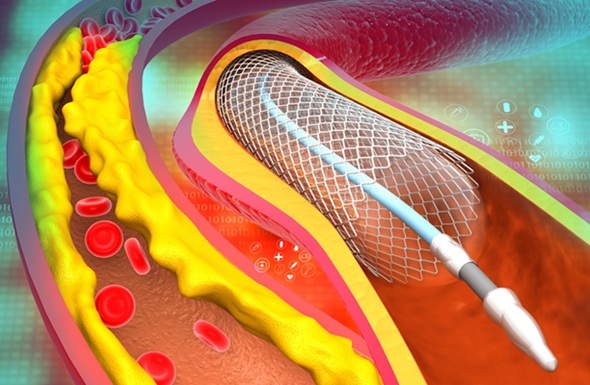
AI-Powered Imaging Technique Shows Promise in Evaluating Patients for PCI
Percutaneous coronary intervention (PCI), also known as coronary angioplasty, is a minimally invasive procedure where small metal tubes called stents are inserted into partially blocked coronary arteries... Read more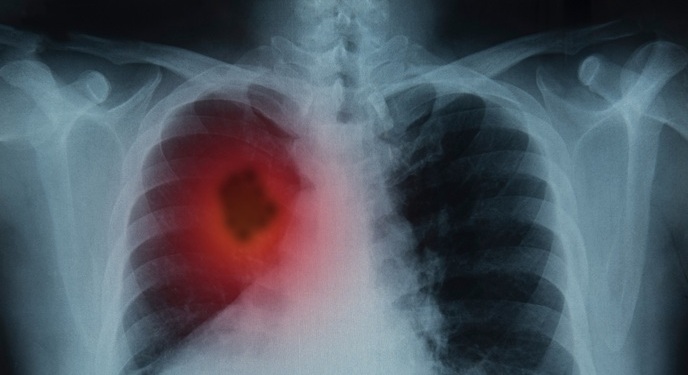
Higher Chest X-Ray Usage Catches Lung Cancer Earlier and Improves Survival
Lung cancer continues to be the leading cause of cancer-related deaths worldwide. While advanced technologies like CT scanners play a crucial role in detecting lung cancer, more accessible and affordable... Read moreMRI
view channel
Ultra-Powerful MRI Scans Enable Life-Changing Surgery in Treatment-Resistant Epileptic Patients
Approximately 360,000 individuals in the UK suffer from focal epilepsy, a condition in which seizures spread from one part of the brain. Around a third of these patients experience persistent seizures... Read more
AI-Powered MRI Technology Improves Parkinson’s Diagnoses
Current research shows that the accuracy of diagnosing Parkinson’s disease typically ranges from 55% to 78% within the first five years of assessment. This is partly due to the similarities shared by Parkinson’s... Read more
Biparametric MRI Combined with AI Enhances Detection of Clinically Significant Prostate Cancer
Artificial intelligence (AI) technologies are transforming the way medical images are analyzed, offering unprecedented capabilities in quantitatively extracting features that go beyond traditional visual... Read more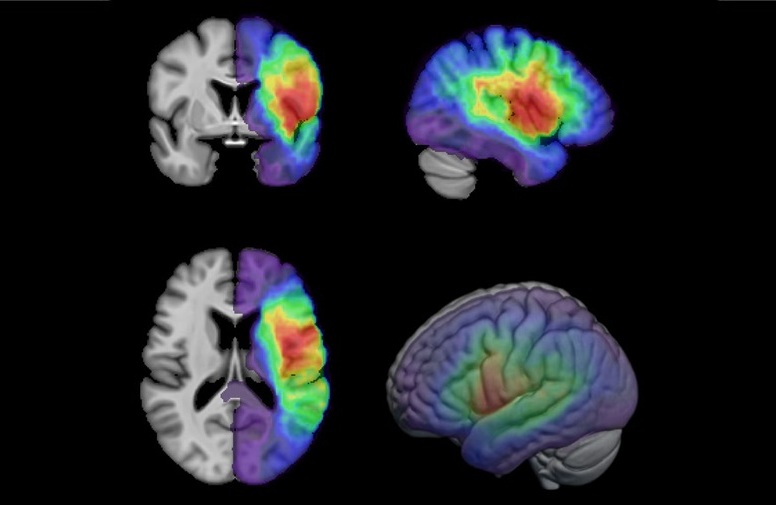
First-Of-Its-Kind AI-Driven Brain Imaging Platform to Better Guide Stroke Treatment Options
Each year, approximately 800,000 people in the U.S. experience strokes, with marginalized and minoritized groups being disproportionately affected. Strokes vary in terms of size and location within the... Read moreNuclear Medicine
view channel
Novel PET Imaging Approach Offers Never-Before-Seen View of Neuroinflammation
COX-2, an enzyme that plays a key role in brain inflammation, can be significantly upregulated by inflammatory stimuli and neuroexcitation. Researchers suggest that COX-2 density in the brain could serve... Read more
Novel Radiotracer Identifies Biomarker for Triple-Negative Breast Cancer
Triple-negative breast cancer (TNBC), which represents 15-20% of all breast cancer cases, is one of the most aggressive subtypes, with a five-year survival rate of about 40%. Due to its significant heterogeneity... Read moreGeneral/Advanced Imaging
view channel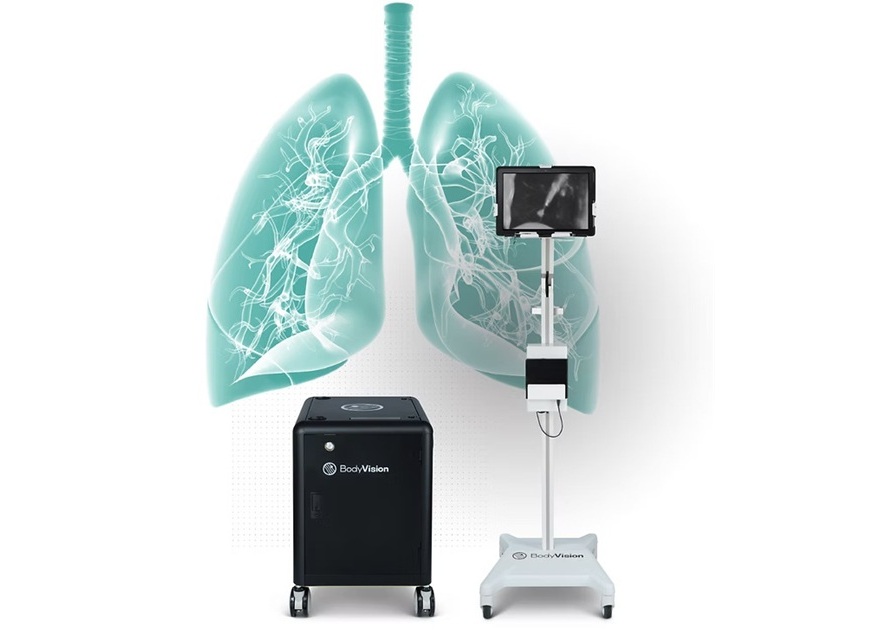
AI-Powered Imaging System Improves Lung Cancer Diagnosis
Given the need to detect lung cancer at earlier stages, there is an increasing need for a definitive diagnostic pathway for patients with suspicious pulmonary nodules. However, obtaining tissue samples... Read more
AI Model Significantly Enhances Low-Dose CT Capabilities
Lung cancer remains one of the most challenging diseases, making early diagnosis vital for effective treatment. Fortunately, advancements in artificial intelligence (AI) are revolutionizing lung cancer... Read moreImaging IT
view channel
New Google Cloud Medical Imaging Suite Makes Imaging Healthcare Data More Accessible
Medical imaging is a critical tool used to diagnose patients, and there are billions of medical images scanned globally each year. Imaging data accounts for about 90% of all healthcare data1 and, until... Read more
Global AI in Medical Diagnostics Market to Be Driven by Demand for Image Recognition in Radiology
The global artificial intelligence (AI) in medical diagnostics market is expanding with early disease detection being one of its key applications and image recognition becoming a compelling consumer proposition... Read moreIndustry News
view channel
GE HealthCare and NVIDIA Collaboration to Reimagine Diagnostic Imaging
GE HealthCare (Chicago, IL, USA) has entered into a collaboration with NVIDIA (Santa Clara, CA, USA), expanding the existing relationship between the two companies to focus on pioneering innovation in... Read more
Patient-Specific 3D-Printed Phantoms Transform CT Imaging
New research has highlighted how anatomically precise, patient-specific 3D-printed phantoms are proving to be scalable, cost-effective, and efficient tools in the development of new CT scan algorithms... Read more
Siemens and Sectra Collaborate on Enhancing Radiology Workflows
Siemens Healthineers (Forchheim, Germany) and Sectra (Linköping, Sweden) have entered into a collaboration aimed at enhancing radiologists' diagnostic capabilities and, in turn, improving patient care... Read more




